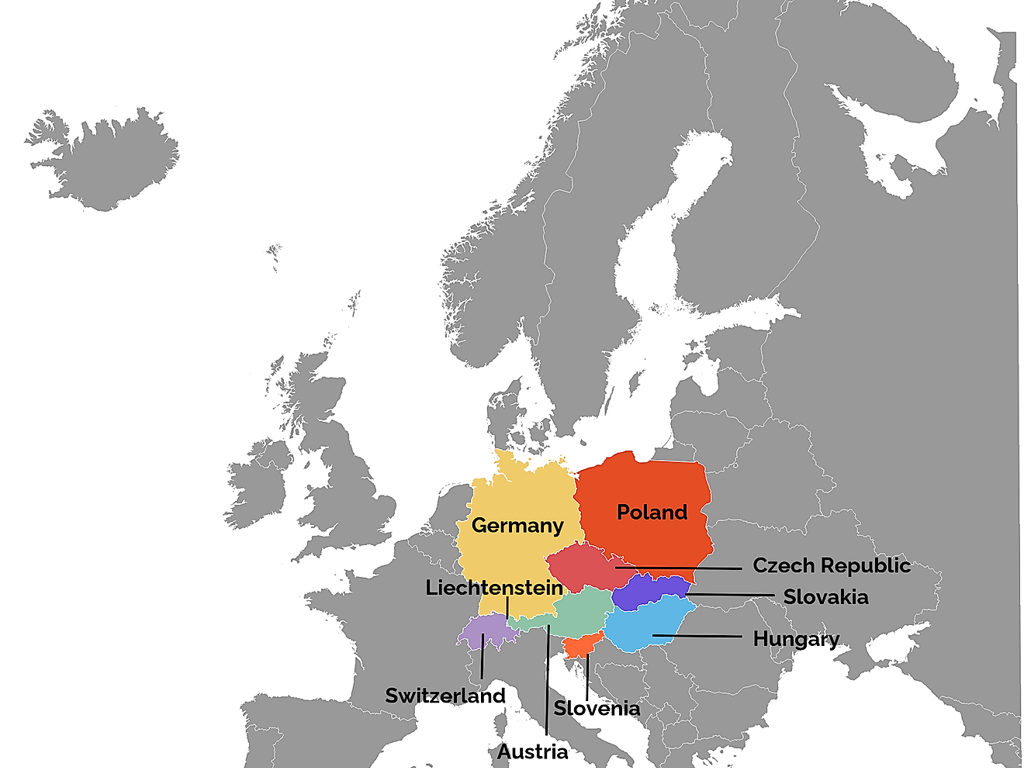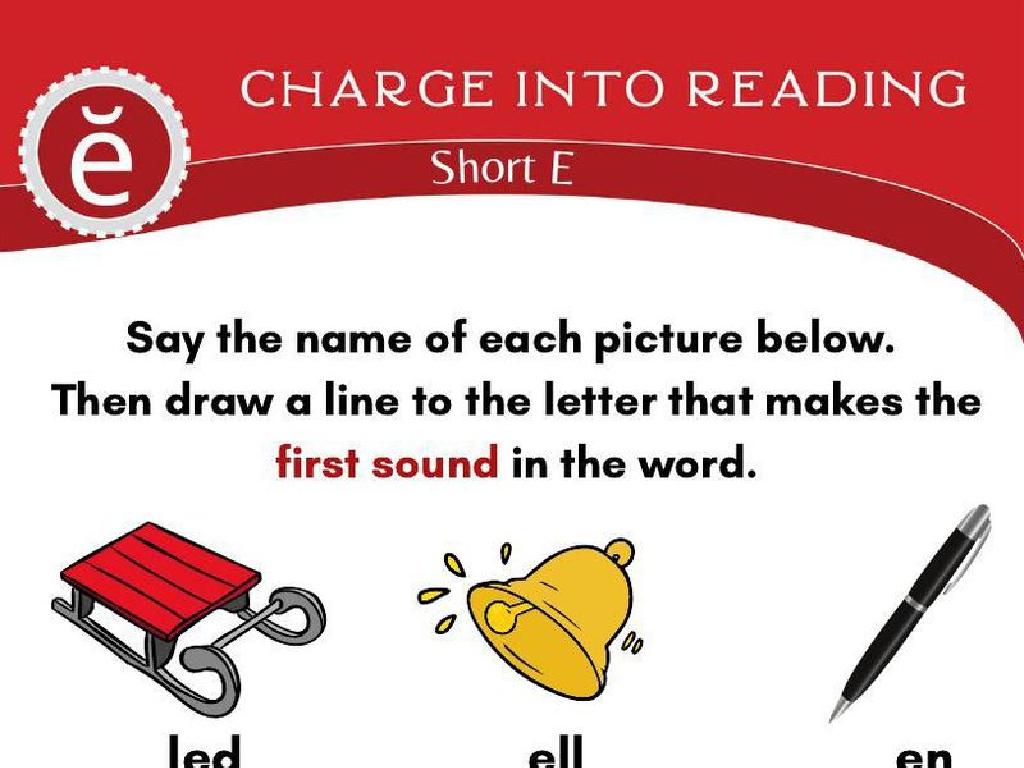Use A Rule To Complete A Table And A Graph
Subject: Math
Grade: Fifth grade
Topic: Coordinate Plane
Please LOG IN to download the presentation. Access is available to registered users only.
View More Content
Welcome to Coordinate Planes!
– Basics of a coordinate plane
– A flat surface with two number lines: horizontal (x-axis) and vertical (y-axis).
– Importance of coordinate planes
– They help us locate exact points and visualize math concepts like equations.
– Explore the x-axis
– The horizontal line where we measure left or right from the origin (0,0).
– Explore the y-axis
– The vertical line where we measure up or down from the origin (0,0).
|
This slide introduces students to the concept of coordinate planes, which are fundamental in understanding graphing and geometry. Start by explaining that a coordinate plane is made up of two perpendicular lines or axes, labeled the x-axis (horizontal) and y-axis (vertical), which intersect at the origin. Emphasize the importance of coordinate planes in math for locating points, plotting graphs, and solving problems. Use simple language to describe the axes, and consider using a visual aid or drawing on the board to help students visualize. Encourage students to think of the coordinate plane as a map that helps us find where to go in math.
Understanding Rules in Mathematics
– Define a mathematical rule
– A rule uses numbers or operations to describe a pattern, e.g., ‘add 2’
– Examples of simple rules
– For instance, start with 1, then 3, 5, 7 (adding 2 each time)
– Rules reveal patterns
– By following rules, we can predict the next numbers in a sequence
– Applying rules to tables and graphs
|
This slide introduces the concept of a mathematical rule, which is a guideline or formula that describes a pattern in numbers. Start by explaining that rules can be simple operations like addition or multiplication. Provide examples of simple rules, such as adding a constant number to get the next term in a sequence. Emphasize how these rules help us identify and continue patterns. Then, explain how we can apply these rules to fill in missing values in tables and plot points on a graph, which is a crucial skill in understanding the coordinate plane. Encourage students to think of rules as tools that make finding patterns easier and more systematic.
Creating a Table with a Rule
– Learn to use a rule for tables
– Example: ‘add 2’ rule
– Start with number 1, then add 2: 1, 3, 5, 7…
– Practice filling in a table
– We’ll complete a table as a class activity
– Understanding table patterns
– Recognize how a rule creates a pattern in a table
|
This slide introduces the concept of using a simple arithmetic rule to complete a table of values, which is a foundational skill in understanding functions and the coordinate plane. Begin by explaining that a rule is a consistent method we use to get from one number to the next in a sequence. Use the ‘add 2’ rule as a clear example, starting with the number 1 and demonstrating how each subsequent number is found by adding 2. For the class activity, provide a partially filled table and guide the students to apply the rule to complete it. Emphasize the importance of recognizing patterns in tables, as this skill will help them in more advanced math topics. The activity should be interactive, allowing students to suggest the next number before the teacher fills it in. This reinforces their understanding and keeps them engaged.
Plotting Points on a Graph
– Plot points using a table
– Use x and y values from the table to find positions on the graph
– Example: Table to graph
– Let’s plot points from our class activity table onto the coordinate plane
– Table and graph correlation
– See how each pair of numbers in the table shows a point’s location on the graph
– Practice plotting points
|
This slide is aimed at teaching students how to translate data from a table into a visual representation on a coordinate plane. Start by explaining the concept of the x (horizontal) and y (vertical) axes and how each point is determined by a pair of numbers (x, y). Use an example table with values to demonstrate plotting points on the graph. Highlight the relationship between the table and the graph, showing how each row in the table corresponds to a point on the graph. Conclude with an activity where students practice plotting points from a table they complete as part of their classwork. This will help solidify their understanding of the coordinate plane and how it visually represents numerical information.
Connecting Points to Form a Line
– Connecting points reveals patterns
– Rules predict next graph points
– If we add 2 each time, what comes after (3,6)?
– Class Activity: Plot and connect points
– Use graph paper to plot points from the rule
– Observe how lines form from points
– See the straight line that appears?
|
This slide introduces the concept of patterns in coordinate planes and how rules help in predicting the next points. Start by explaining how each point on a graph represents a position in space. Then, discuss how a rule, like adding a certain number, can help us find subsequent points. For the class activity, provide students with a rule to generate points, have them plot these points on graph paper, and then connect them to see the pattern that emerges, which will typically be a straight line. This visual representation reinforces the concept of linear patterns. Possible activities include using different rules for different groups, such as adding, subtracting, or multiplying by a constant, and then comparing the lines that form.
Interpreting Graphs on the Coordinate Plane
– Understanding graph lines
– The line shows how values are related; it can go up, down, or stay even.
– Real-life applications of graphs
– Graphs help in budgeting, tracking progress, or predicting trends.
– Observations from your graph
– Look at your graph’s shape and think about what it represents.
– Group discussion insights
|
This slide aims to help students understand the significance of the line in a graph and how it represents the relationship between different values on the coordinate plane. Discuss with students how the direction of the line (increasing, decreasing, constant) can tell us about the relationship between the x and y values. Provide real-life examples where graphs are used, such as in budgeting personal allowance or tracking the growth of a plant. Encourage students to share their observations from the graphs they’ve created, focusing on the shape and what it might signify. During the group discussion, facilitate the conversation so that students can learn from each other’s insights and build a deeper understanding of interpreting graphs.
Class Activity: Create Your Own Table and Graph!
– Team up and pick a rule
– Fill in the table using your rule
– Example: Add 2 to each x-value to get y
– Plot the points on a graph
– Each pair (x, y) is a point on the graph
– Present your graph to the class
|
This activity is designed to reinforce the concept of using a rule to complete a table and graph on the coordinate plane. Students should work in pairs to encourage collaboration. They will choose a simple mathematical rule, such as adding or multiplying a constant to the x-values to get the y-values. After completing the table, they will plot the points on a graph to visualize the relationship between the x and y values. Encourage creativity in rule selection but ensure the rule is appropriate for their level. Possible activities: 1) Adding a constant to x-values, 2) Multiplying x-values by a constant, 3) Using a simple algebraic expression like y = 2x + 1, 4) Creating a rule that results in a non-linear graph, 5) Comparing linear vs. non-linear rules with their partner.






